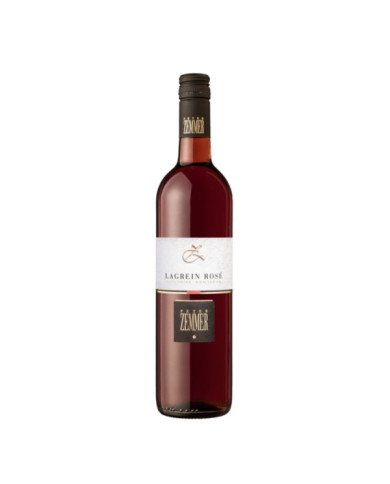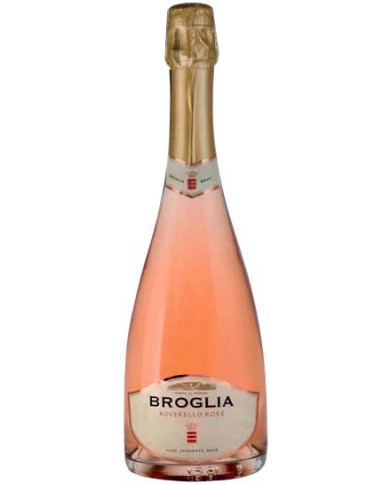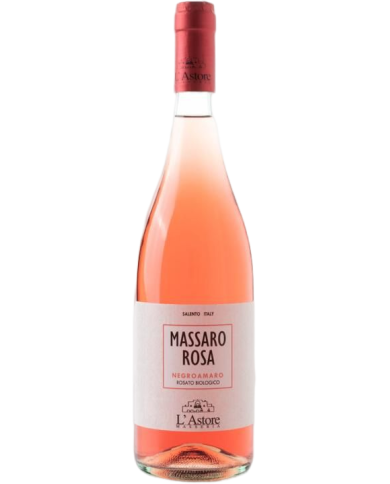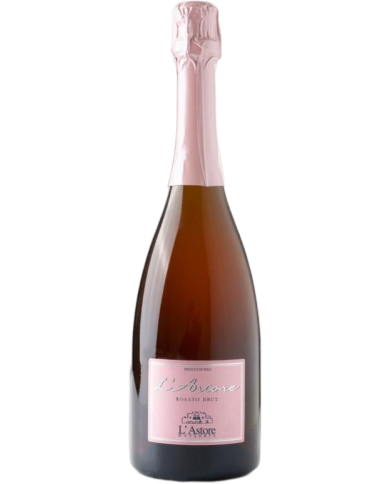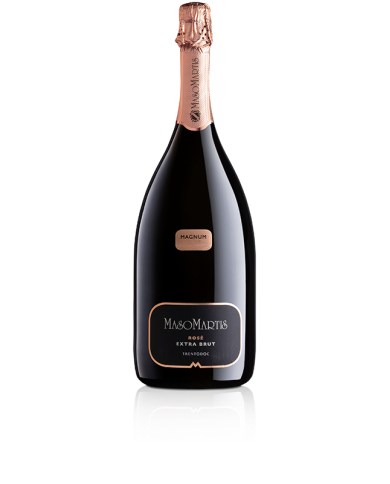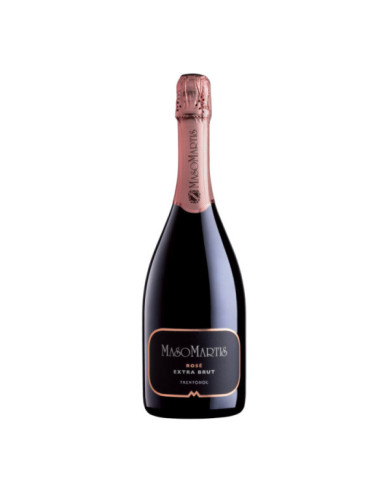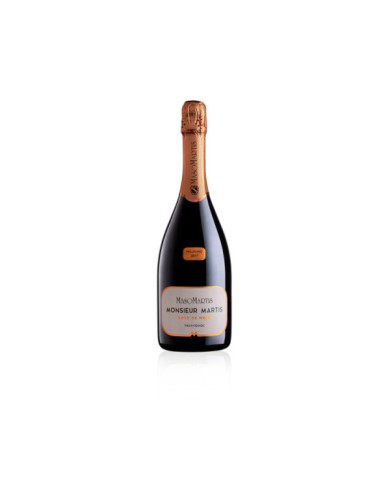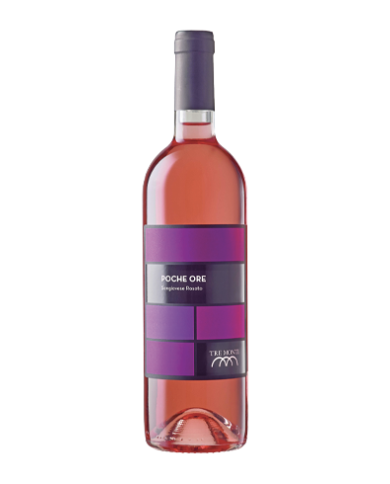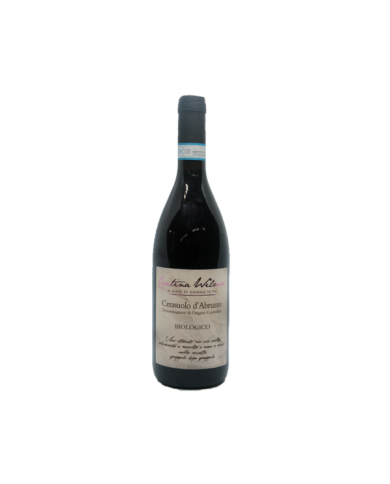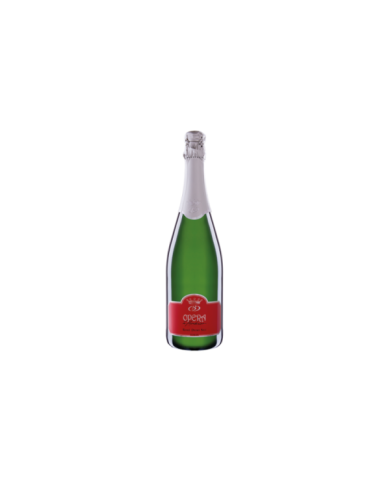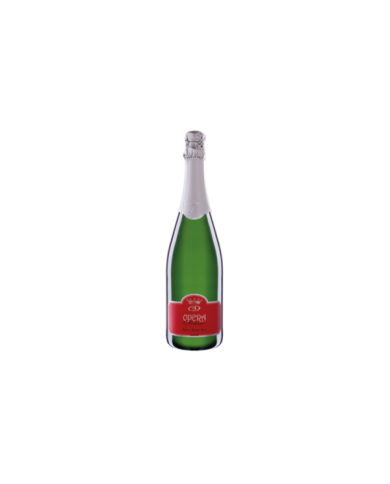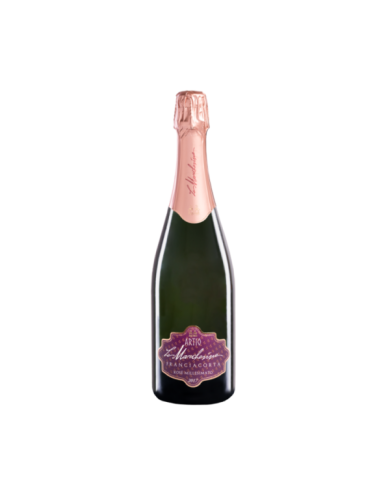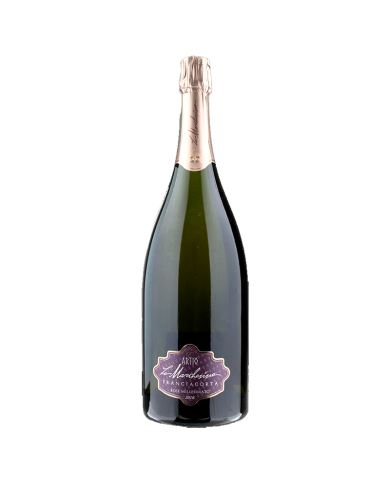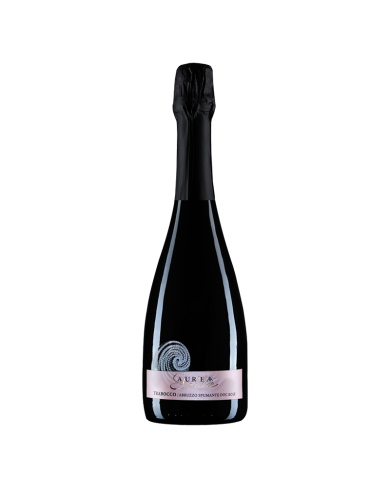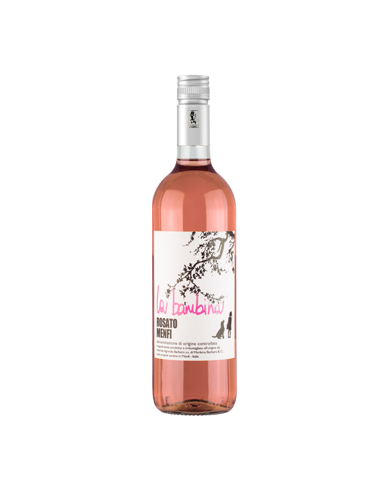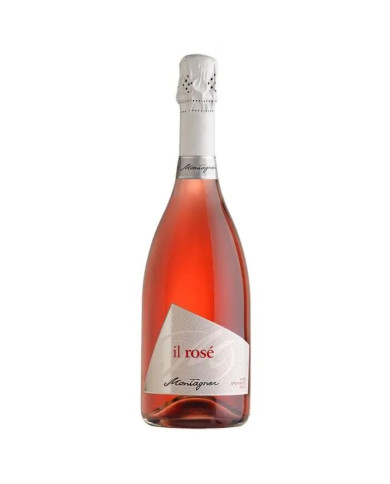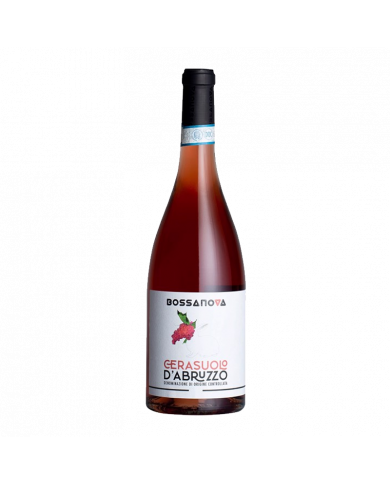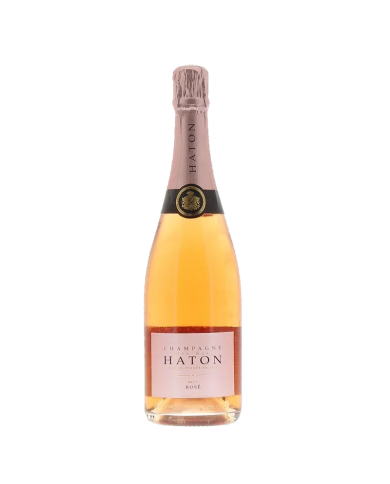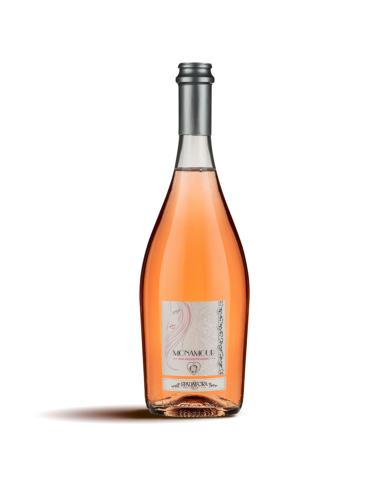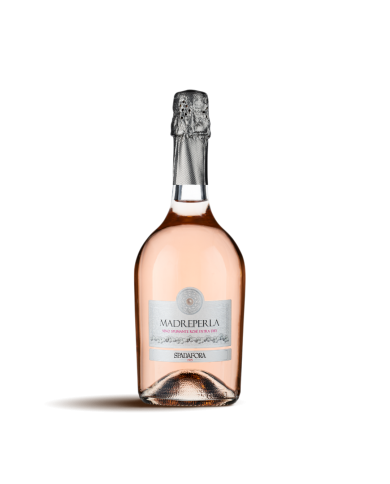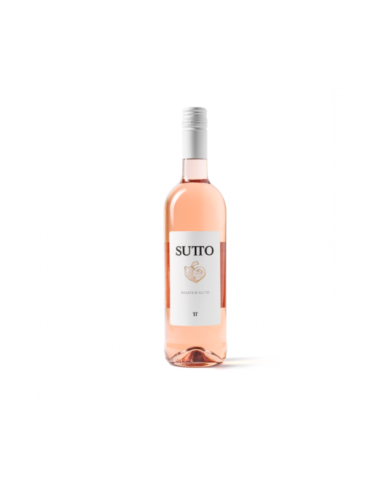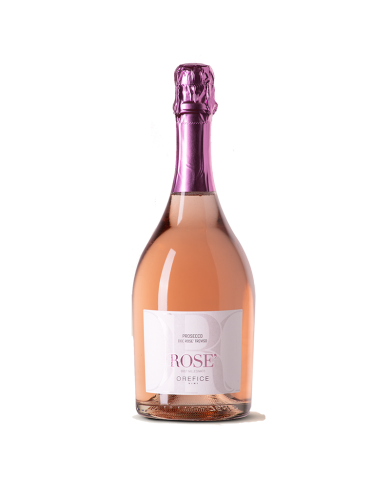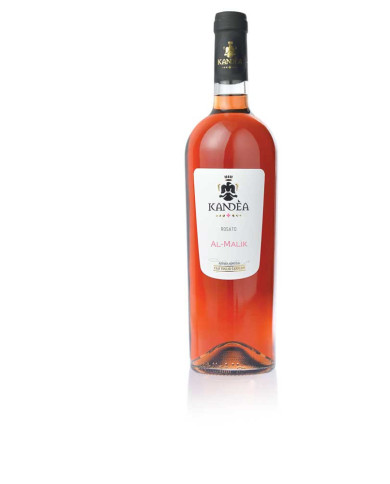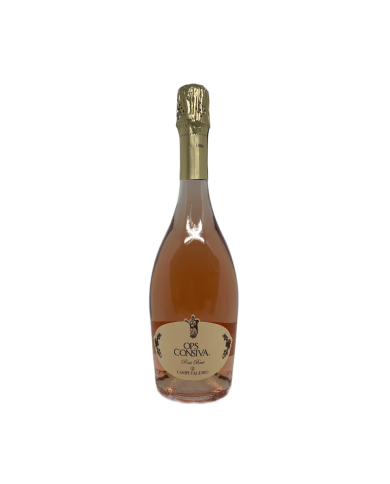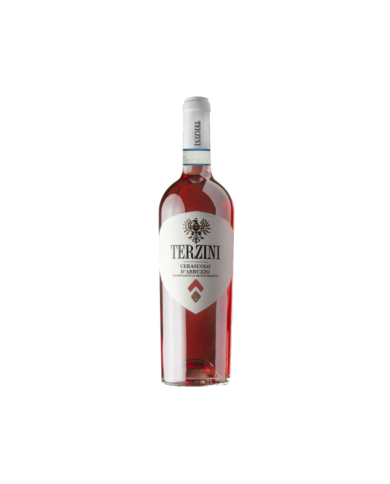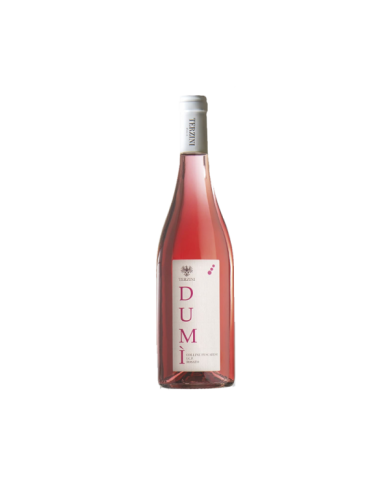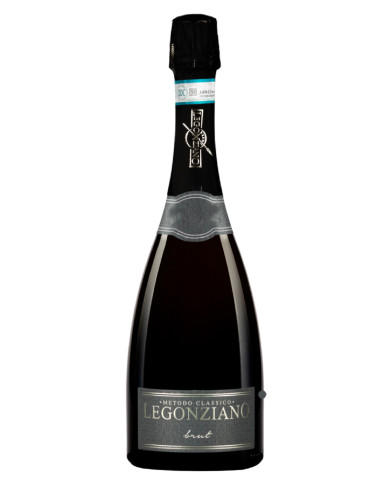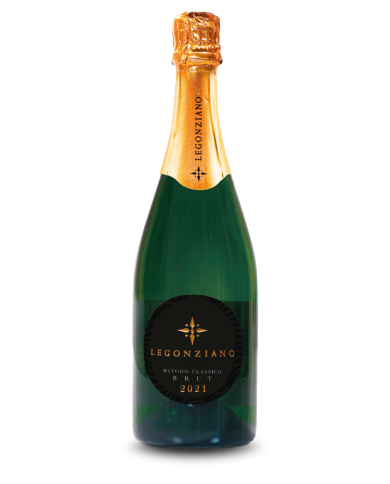Born from clean and sustainable agriculture, respecting a landscape designed by culture and tradition, since 2010 the wines of L'Astore are certified "produced from organic grapes". Symbol of the Salento area in its rosÃĐ vocation and in the old Alberelli di Negroamaro and Primitivo; the production enhances the ancient native vines such as Negroamaro, Malvasia Nera, Malvasia Bianca Antica, Susumaniello and Primitivo.
Born from clean and sustainable agriculture, respecting a landscape designed by culture and tradition, since 2010 the wines of L'Astore are certified "produced from organic grapes". Symbol of the Salento area in its rosÃĐ vocation and in the old Alberelli di Negroamaro and Primitivo; the production enhances the ancient native vines such as Negroamaro, Malvasia Nera, Malvasia Bianca Antica, Susumaniello and Primitivo.
There are âfemaleâ rosÃĐs and âmaleâ rosÃĐs. Here, this is a male rosÃĐ, which likes a cold cuts platter more than a fish cruditÃĻ. Only 'a few hours', maximum five, on the skins.
Obtained from native grapes and selected in the harvest. Appearance of intense cherry color with pink reflections. On the palate it is fruity with notes of black cherry and cherry. Pairings: throughout the meal.
Brilliant pink with a fine and persistent perlage. Perfect with shellfish, raw fish and fish soups. Excellent with pizza, cold cuts, and as an aperitif
The Little Girl is play, curiosity, discovery. It is the wine that I have dedicated to women, to their strength, to their ability to fight for what they believe in without being frightened by difficulties. Its delicately coppery color is fascinating as a prelude to a fragrant bouquet of wild rose and wild strawberries, pomegranate, watermelon and lemon peel. Savory and crunchy on the palate, it is a very pleasant wine, whose persistence is accentuated by an iodized, almost marine finish.
WHITE COLLI DI LUNI DOC âFIOR DI LUNAâ LUNAE BIANCO COLLI DI LUNI DOC âFIOR DI LUNAâ LUNAE: The color is pale straw yellow with greenish reflections. The scent is fine and delicate with citrus and floral hints of hawthorn and elderberry. In the mouth it is fresh, sapid and of good character. The aromatic notes perceived in the perfume are wonderfully rediscovered. Excellent as an aperitif. Pleasantly accompanies seafood salads, white fish and ratatuia vegetables.
The Cerasuolo d'Abruzzo di Bossanova is a refreshing and tonic Abruzzo rosÃĐ wine made from Montepulciano grapes, aged in concrete tanks for 8 months. It is colored with a delicate cherry pink and expresses floral and fruity notes of currant and wild strawberries, raspberries and Mediterranean aromatic herbs on the nose, while the sip is agile and fresh, with an excellent saline persistence.
Maison Jean-NoÃŦl HATON's CuvÃĐe RosÃĐ is a blend of 35% Pinot Meunier, 30% Chardonnay and 35% Pinot Noir, of which 10% is vinified as red wine.
Rose petal colour. On the nose small red fruits and aromatic herbs, thyme, basil and rosemary. Fresh, savory in the mouth, notes of medlar and a pleasantly dry finish. Serve at about 16° with seafood first courses, fried fish, stewed fish or as an aperitif.
Particularly suitable with first courses or fish and shellfish soups, excellent pairing with a platter of raw ham, buffalo mozzarella and cherry tomatoes, superlative with a good pizza.
Particularly suitable with seafood dishes, such as risotto with squid ink, shellfish soup, excellent in any case with a platter of cold cuts and cheeses.
Excellent as an aperitif or between meals, particularly suitable with fish and shellfish appetizers, excellent with fries.
Particularly suitable with fish first courses, shellfish soups, excellent pairing with a platter of cold cuts, superlative with a good gourmet pizza.
Particularly suitable with cured meats and sausages typical of the regional tradition, excellent with a rich fish soup with tomato, superb with cod and fried âcruschiâ peppers.
Albamonte is the archetype of the ancient village lost among the mountain paths, Albamonte is the archetype of the ancient village lost among the mountain paths, a magical place that welcomes visitors who have come up there after a long and tortuous journey. In the evening, the party lights illuminate the narrow streets and the town square, where a cheerful crowd toasts the beauty of life. The illuminations bring to mind the important holidays, the wedding banquets, the celebrations of the South.
Rose gold goes perfectly with shellfish, tempura vegetables, fried seafood and simple dishes such as white pizza and refined finger foods. Perfect with vegetable risottos, not too elaborate fish main courses. Ororos is able to give that fresh and pleasant note to the palate that falls in love with its versatility.
Light coppery pink colour. Delicate nose. Primary flavors of red fruit, flowers, citrus, melon and a nice crunchy green flavor on the celery or rhubarb-like finish. Aromas of melon, strawberry and magnolia. Both fruity and sharp on the palate.
VARIETY Red berried grapes PRODUCTION AREA Tocco da Casauria (PE) - ITALY TYPE OF SOIL clayey FORMAT 750ml VINTAGE 2021
VARIETY Red berried grapes PRODUCTION AREA Tocco da Casauria (PE) - ITALY TYPE OF SOIL clayey SIZE 750ml VINTAGE 2021
RosÃĐ wine pairings
RosÃĐ is a very versatile wine, it adapts to the most varied combinations. Thanks to its freshness, it lends itself both to informal combinations, accompanying cheeses, pizza, fries, mushrooms, and to combinations with more structured dishes, accompanying fish-based dishes equally well.
The best Italian rosÃĐ wine
In recent years the production of rosÃĐ wine in Italy has grown exponentially, really good ones are produced and they deserve to be tasted. RosÃĐ was born in Southern Italy, but is currently produced throughout the peninsula. Italian rosÃĐ wines boast a long tradition, fresh and fragrant wines that skilfully accompany the many dishes of our local culinary tradition. By entering the Clickwine section dedicated to rosÃĐ wines, you will find the best online offers to be able to buy bottles of DOC rosÃĐ wine produced by the most prestigious wineries in Italy. With our exceptional online sale you can bring traditional Italian rosÃĐ wines to your table, with incredible savings on the list price. Don't miss the opportunity to enrich your personal cellar with a high quality rosÃĐ wine, a unique opportunity to make evenings in the company of friends and family even more perfect.
Why is rosÃĐ wine pink?
On rosÃĐ wine they really feel all the colors. Many are convinced that it comes from the mixing of white and red wines (a practice which is prohibited by law), and this has certainly not helped its reputation.
The intensity of the color of the rosÃĐ wine and its aromas are essentially conditioned by the maceration on the skins of the red grapes with which these wines are produced. But what are the colors of rosÃĐ wine? RosÃĐ wine can range from soft pink, cherry, to claret pink. If you want to obtain a soft pink, you need to macerate for a very few hours, from 2 to 4, while for a cherry the time can go up to 7-10 hours. A very bright pink claret, the maceration time can be up to 24 hours.
What are the best rosÃĐ wines?
RosÃĐ wines can be of very different quality, depending on the production region, the grape variety used and the winemaking techniques. Some very popular rosÃĐ wines come from France, in particular from the Provence region, where light and fresh wines with aromas of red berried fruit and a marked acidity are produced. Other high quality rosÃĐ wines are produced in Italy, in particular in Tuscany and Puglia, and in Spain, where more structured wines with greater aromatic complexity are produced. Other regions renowned for their rosÃĐ wines are California, Portugal and Australia.
It is important to note the quality of a rosÃĐ wine depends on the production techniques, the climatic conditions and the grapes used. Hence, it is difficult to make a list of the absolute best rosÃĐ wines, as it depends on one's personal tastes and preferences. However, some very popular rosÃĐ wines are:
- ChÃĒteau d'Esclans Whispering Angel (Provence, France)
- Domaine Tempier Bandol (Provence, France)
- Biserno Insoglio del Boar Estate (Tuscany, Italy)
- Le Pupille Saffredi Farm (Tuscany, Italy)
- Quinta do Crasto RosÃĐ (Douro, Portugal)
- Sandhi Santa Barbara County RosÃĐ (California, USA)
- Penfolds Koonunga Hill RosÃĐ (Barossa Valley, Australia)
It is advisable to try different rosÃĐ wines to find out which one you like the most, keeping in mind that some rosÃĐ wines are more suited to be drunk alone while others are better paired with certain dishes. In general, rosÃĐ wines are ideal for summer, as they are fresh and light, but they can be enjoyed at any time of the year according to personal tastes.
What do you eat with rosÃĐ wine?
RosÃĐ wine is a very versatile type of wine that pairs well with a wide variety of dishes. Since it has a slightly lower alcohol content than red wines and a slightly lighter structure, it is particularly suitable for accompanying light and fresh dishes, such as fish, white meat and vegetables. Here are some ideas for pairing rosÃĐ wine with food:
- Fish: rosÃĐ wine goes well with light fish such as salmon, tuna and sea bass, but also with oily fish such as mackerel and squid.
- White meat: rosÃĐ wine is perfect to accompany white meat such as chicken, turkey and rabbit.
- Vegetables: rosÃĐ wine goes well with grilled vegetables, in particular with red berried ones such as tomatoes and aubergines.
- Cheeses: RosÃĐ wine pairs well with light cheeses like brie, camembert, and roquefort.
- Salads: rosÃĐ wine is perfect to accompany summer salads, especially if dressed with an emulsion of olive oil and balsamic vinegar.
RosÃĐ wine can also be drunk on its own as an aperitif or as an accompaniment to a light meal. In general, it is important to combine rosÃĐ wine with light and not too tasty foods to prevent the wine from being overwhelmed by the flavors of the food. It is advisable to taste the wine before deciding which food to pair it with, in order to choose the dish that best matches its aromatic profile and balance.

